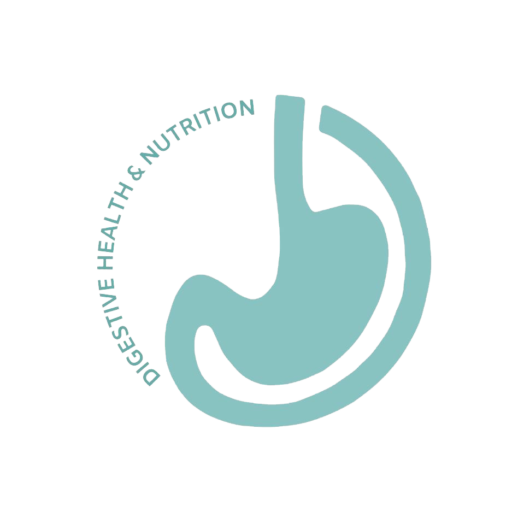Rectal Bleeding in Children
Rectal bleeding refers to any presence of blood coming from the rectum, often noticed as red streaks in the stool, on toilet paper, or in the toilet bowl. It can be alarming for both children and parents, but not all causes of rectal bleeding are serious. However, it is important to identify the underlying cause to ensure proper treatment and care.
Common Causes of Rectal Bleeding in Children:
Anal Fissures:
- Description: A small tear in the lining of the anus, often caused by passing large or hard stools due to constipation.
- Symptoms: Bright red blood on the surface of the stool or on toilet paper, along with pain during or after bowel movements.
Constipation:
- Description: Straining to pass hard stools can cause small tears (fissures) or hemorrhoids, both of which can lead to bleeding.
- Symptoms: Infrequent bowel movements, hard stools, and discomfort during bowel movements.
Hemorrhoids:
- Description: Swollen veins in the rectum or anus that can sometimes bleed during or after a bowel movement.
- Symptoms: Bright red blood on stool, itching or discomfort around the anus, and possible swelling.
Infections:
- Description: Infections in the gastrointestinal tract, including bacterial, viral, or parasitic infections, can sometimes cause inflammation and bleeding.
- Symptoms: Diarrhea, abdominal pain, fever, and mucus or blood in the stool.
Inflammatory Bowel Disease (IBD):
- Description: Chronic conditions like Crohn’s Disease and Ulcerative Colitis can cause inflammation in the digestive tract, leading to rectal bleeding.
- Symptoms: Persistent diarrhea, abdominal pain, weight loss, and blood in the stool.
Polyps:
- Description: Small growths in the lining of the colon or rectum. Some types of polyps can bleed.
- Symptoms: Painless rectal bleeding, often without other symptoms.
Gastroenteritis (Stomach Flu):
- Description: Viral or bacterial infections that affect the digestive system can lead to diarrhea with blood in some cases.
- Symptoms: Vomiting, diarrhea, fever, abdominal cramps, and sometimes blood or mucus in the stool.
Food Allergies or Intolerances:
- Description: Certain food allergies, especially in infants, can cause inflammation in the intestines and lead to blood in the stool.
- Symptoms: Diarrhea, vomiting, skin rashes, and rectal bleeding, especially in allergic colitis.
When to Seek Medical Attention:
While mild cases of rectal bleeding, such as those caused by constipation or minor fissures, can often be managed at home with dietary changes and hydration, it is important to seek medical advice if:
- The bleeding is persistent or recurrent.
- There is a large amount of blood.
- The child has other concerning symptoms such as fever, weight loss, severe abdominal pain, or diarrhea.
- There is a family history of conditions like IBD or colon cancer.
Diagnosis and Treatment:
Doctors may perform a physical exam and, if necessary, additional tests such as stool analysis, blood tests, or imaging studies (like an endoscopy or colonoscopy) to determine the cause of the bleeding. Treatment will depend on the underlying cause and may include:
- Dietary changes to relieve constipation or manage food intolerances.
- Medications to treat infections, inflammation, or manage conditions like IBD.
- Surgical interventions in cases of polyps or other anatomical issues.
By identifying the cause of rectal bleeding and seeking appropriate care, parents can help ensure that their child receives the treatment they need for a healthy recovery.
